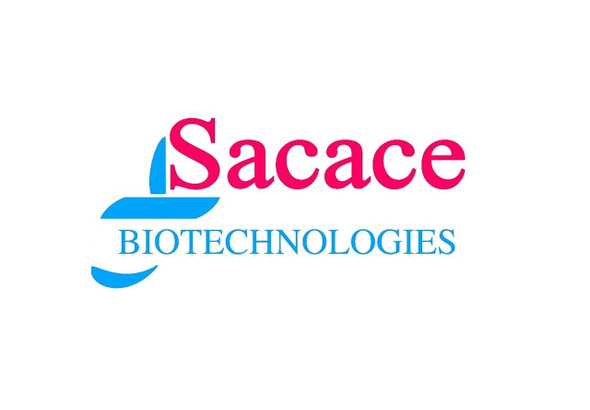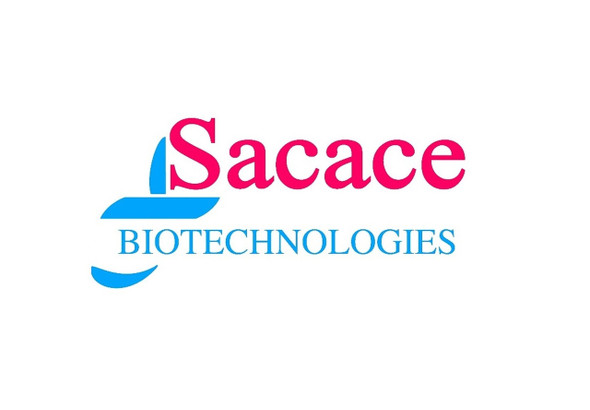Mycoplasma genitalium RT-PCR Quant (CE) | B4-FRT Q
- SKU:
- 441-B4-FRT-Q
- Availability:
- Delivery On Request
- Test Size:
- 110
Description
Mycoplasma genitalium RT-PCR Quant (CE) | B4-FRT Q from Sacace Biotechnologies is available for delivery
Real Time PCR Kit for quantitative detection of Mycoplasma genitalium
Storage & Shipping :
The kit can be shipped at 2-8°C for 3-4 days but should be stored at 2-8°C and -20°C immediately on receipt.
Mycoplasma genitalium RT-PCR Quant (CE) B4-FRT Q DataSheet
INTRODUCTION
STDs (sexually transmitted diseases) refer to a variety of bacterial, viral and parasitic infections that are acquired through sexual activity. Some STDs, such as syphilis and gonorrhea, have been known for centuries — while others, such as HIV, have been identified only in the past few decades. STDs are caused by more than 25 infectious organisms. As more organisms are identified, the number of STDs continues to expand. Common STDs include: chlamydia, gon[1]orrhea, mycoplasma, herpes, HIV, HPV, syphilis, gardnerella and trichomoniasis.
The development of tests based on nucleic acid amplification technology has been the most important advance in the field of STD diagnosis. Because nucleic acid amplification is exquisitely sensitive and highly specific, it offers the opportunity to use noninvasive sampling techniques to screen for infections in asymptomatic individuals who would not ordinarily seek clinical care.
INTENDED USE
Kit Mycoplasma genitalium Real-TM Quant is a test for the quantitative detection of Mycoplasma genitalium in the urogenital swabs, urine, prostatic liquid and other biological materials.
PRINCIPLE OF ASSAY
Kit Mycoplasma genitalium Real-TM Quant is based on two major processes: isolation of DNA from specimens and Real Time amplification. In real-time PCR, the fluorescent signal is generated from the presence of an olygonucleotide probe specific for target DNA sequence. The probe contains a fluorescent dye molecule on its 5’ end and a quencher molecule on its 3’ end. The probe hybridizes with one of the chains of the amplified fragment. During synthesis of a complementary chain, Taq DNA polymerase cleaves the probe due to its 5’-3’ nuclease activity. As a result, the fluorescent dye molecule becomes separated from the quencher, and the total fluorescence of reaction volume increases in direct proportion to the number of amplicon copies synthesized during PCR. The fluorescent signal is measured in each cycle of reaction, and the threshold cycle value is determined from the obtained curve. The threshold cycle is proportional to the initial number of DNA copies in a sample, and its value allows quantitative comparisons of analyzed and control samples.
In Mycoplasma genitalium Real-TM Quant kit there are 2 independent reactions running in parallel in each tube: the first reaction allows to detect and to quantify the specific fragment of Mycoplasma genitalium (Fam/Green channel) and the second reaction detects Internal Control (Joe/Yellow/Cy3/HEX channel) present in all samples obtained from cells and allows not only to control all analysis steps, but also to estimate sample handling and storage.
The result of Internal Control amplification is detected in the JOE/Yellow fluorescence channel. The DNA target selected as an endogenous internal control is a fragment of human genome (a β-globin gene fragment). It must be always present in the sample (urogenital swab) in sufficient quantities equivalent to the number of cells in the swab (103–105 genome equivalents). Thus, the use of an endogenous internal control makes it possible not only to monitor test stages (DNA extraction and amplification) but also to assess the adequacy of sampling and storage of clinical material. If epithelial swab was taken incorrectly (the number of epithelial cells is insufficient), the amplification signal of β-globin gene will be underestimated. The number of epithelial cells may be insufficient if prostate gland secretion and urine samples are used.
Quantitative DNA analysis is based on the linear dependence between the cycle threshold (Ct) and the initial concentration of DNA target. Quantitative analysis is performed in the presence of DNA calibrators (samples with a known concentration of Mycoplasma genitalium DNA), which are added during amplification. The results of amplification of DNA calibrators are used to construct a calibration curve, on the basis of which the concentration of Mycoplasma genitaliumDNA in samples determined. To minimize the effect of variation during material sampling, the quantitative results (Mycoplasma genitalium DNA concentrations) are normalized to the genomic DNA quantity.
1 Review
-
superior quality
The quality highly superior quality products never found any fault in their products. Really Awesome!






